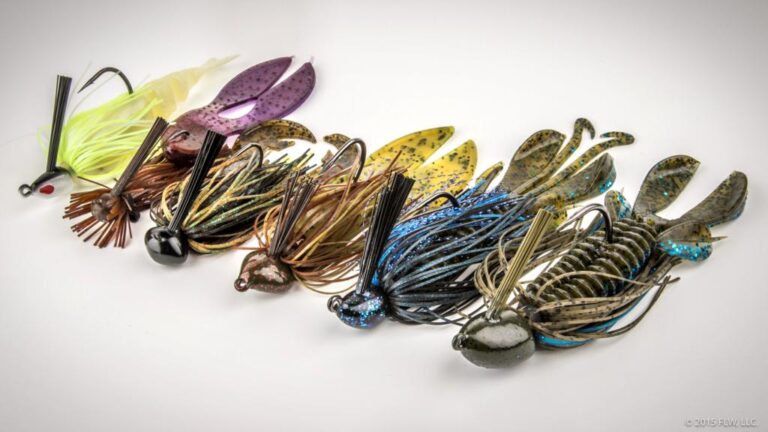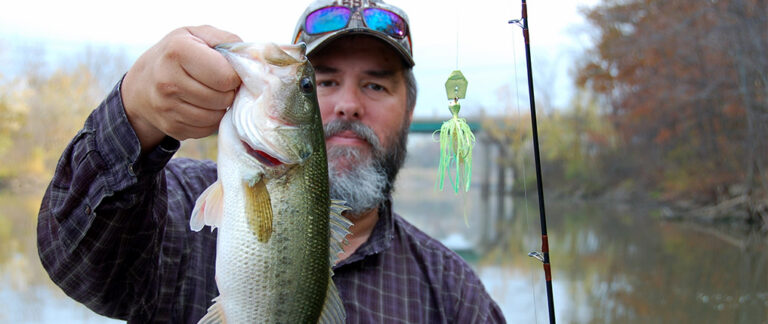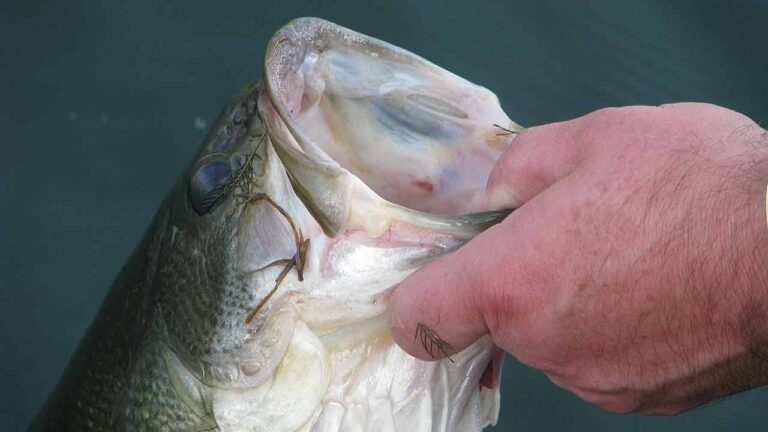How to Hook a Worm for Bass
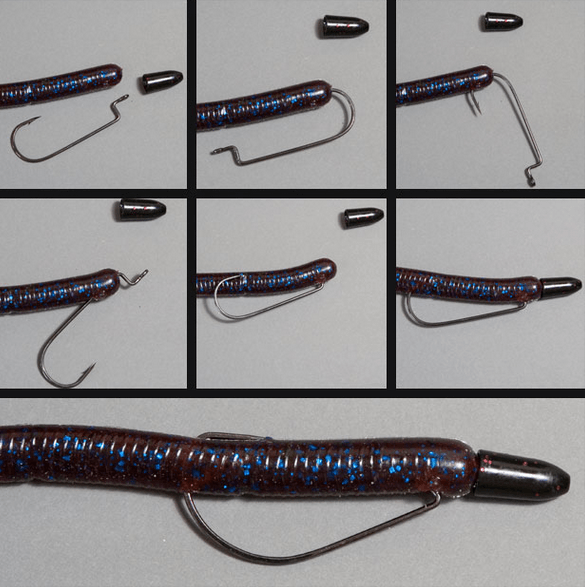
To hook a worm for bass, pierce the hook through the worm’s head and thread it along the shank. For a secure hold, embed the hook’s point back into the worm’s body.
In the pursuit of luring in a prize catch like bass, presenting your bait effectively is crucial. Mastering the art of hooking a worm is a fundamental skill that can significantly increase your success on the water. It’s not just about impaling a worm; it’s about making your bait look lively and irresistible.
By employing the right technique to hook a worm, anglers stand a greater chance of attracting attention under the water’s surface, where bass are known for being both opportunistic and cautious feeders. A well-hooked worm maintains its natural appearance and movement, tempting bass to strike with hunger-driven abandon. With this knowledge, recreational and seasoned anglers alike can refine their approach and boost their bass fishing productivity.
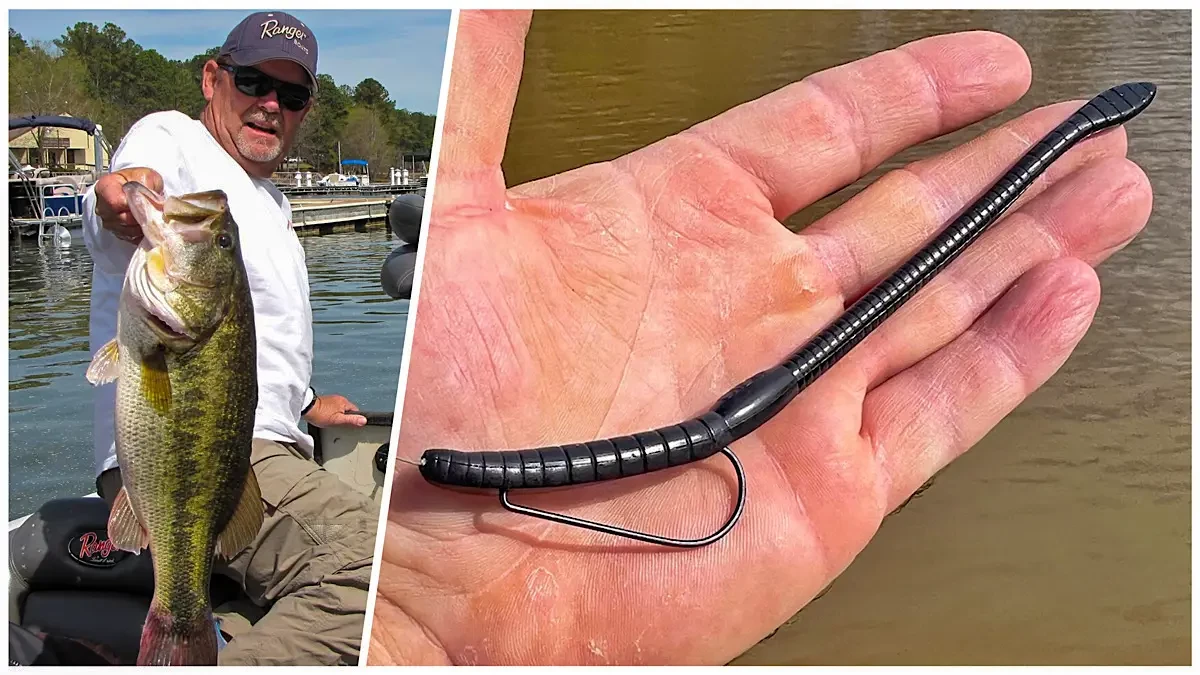
Credit: www.wired2fish.com
The Art Of Baiting: Hooking A Worm For Bass
Mastering the art of baiting a hook with a worm for bass fishing starts with choosing the right worm. Live worms, like nightcrawlers or red worms, are a bass favorite. The goal is to find a worm that is both lively and fresh, ensuring it will wiggle enticingly in the water. Plump worms are also ideal, as they’re easier to hook and more attractive to fish.
For baiting, you will need a few essential tools. Ensure you have a sharp fishing hook, suitable for the size of the worm. Use smaller hooks for red worms and larger hooks for nightcrawlers. A pair of small pliers or tweezers can aid in handling the worm and hook. Keep a container of moist soil or peat moss handy to maintain the worm’s freshness throughout your fishing trip.
Preparation Steps Before The Hook
Selecting the right hook size is crucial for bass fishing success. A 4 to 6 size hook works well for most situations. Larger hooks are better for big worms and bass, while smaller hooks suit smaller worms. Keep it balanced—the hook shouldn’t overpower the worm.
Worm vitality is key for attracting bass. Store them in a container with moist soil and keep them cool. Avoid direct sunlight as it can harm the worms. A healthy, lively worm on your hook is more likely to catch a bass.
Hooking Techniques For Maximum Effect
Hooking a worm for bass fishing needs careful techniques. The Thread Method involves piercing the worm’s body multiple times. A single, sharp hook goes through the worm like sewing thread. This makes the worm wriggle naturally in water, enticing bass.
For the Weave Technique, anglers push the hook in and out of the worm’s body. This forms a ‘weave’ pattern that keeps the worm securely attached. It’s perfect for lively waters where fish are aggressive.
Double Hooking for Larger Worms means using two hooks. Place one hook at the head and another at the tail. This method is great for large bass which prefer big meals. It also reduces the worm slipping off.
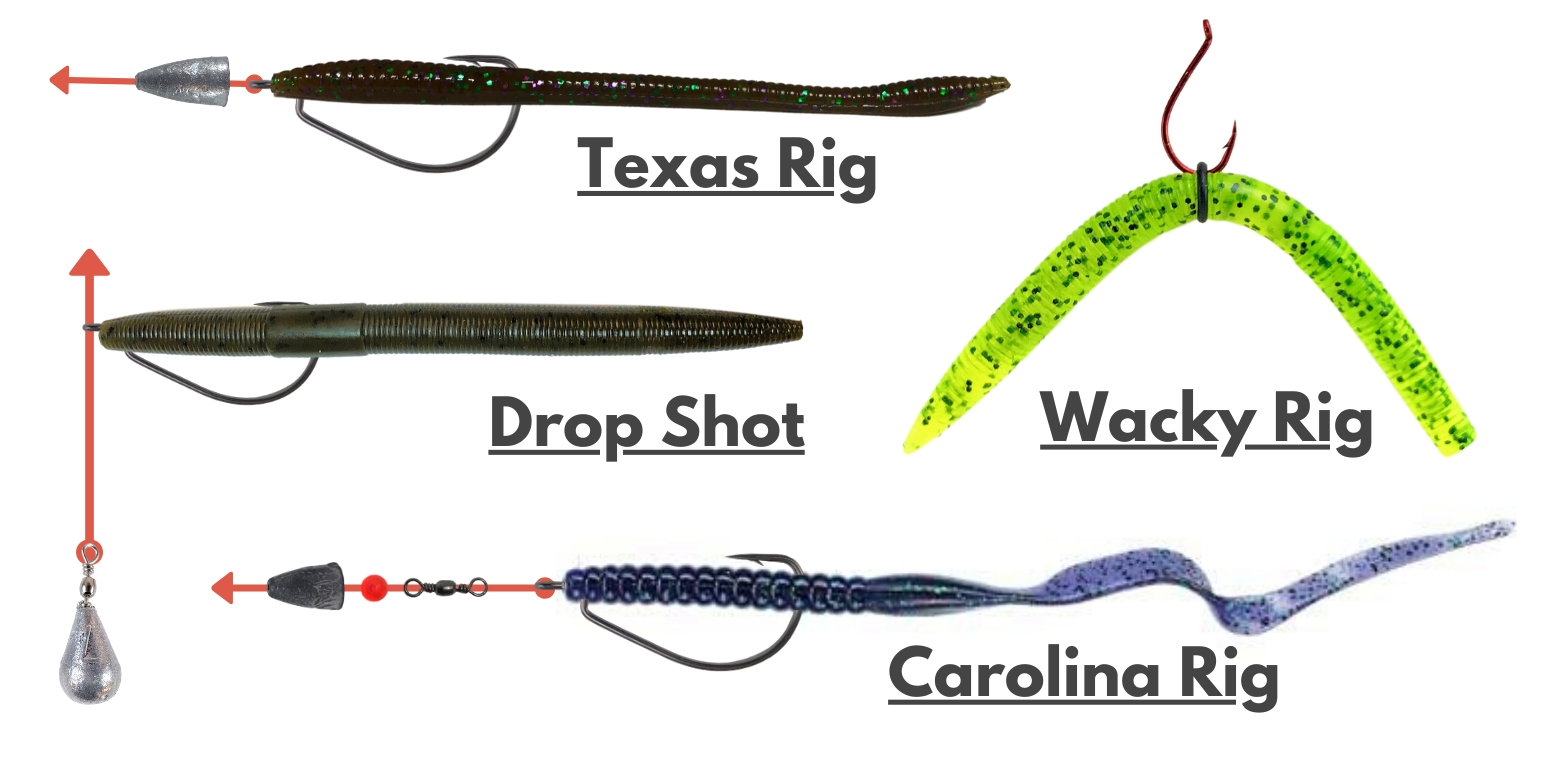
Credit: tailoredtackle.com
Secrets To Making Your Worm Irresistible To Bass
Bass fish are drawn to worms with strong scents and lively movements. Imparting a tempting scent can be achieved through marinating worms in a specialized fish attractant. Ensuring your worm moves naturally in the water mimics live prey, which is irresistible to bass.
Choosing the right color for your worm is crucial for visibility. Opt for bright colors in muddy water, such as chartreuse or neon pink. In clear water, natural hues like brown or green are more effective. Contrasting colors can also create an attention-grabbing appeal. Light hues stand out in dark conditions, while darker worms are noticeable in well-lit environments.
Pro Tips For A Successful Bass Fishing Trip
Understanding how weather impacts bass behavior is key for a successful fishing trip. Sunny days can make bass more active, so using a fast-moving worm technique works best. Conversely, overcast conditions often lead bass to be less aggressive; try a slower retrieve during these times.
Always prioritize your safety and the environment whilst fishing. Wear a life jacket and carry a first aid kit. Respect local regulations and catch-and-release practices to help preserve bass populations. Handle worms and fish with care for a humane and ethical fishing experience.
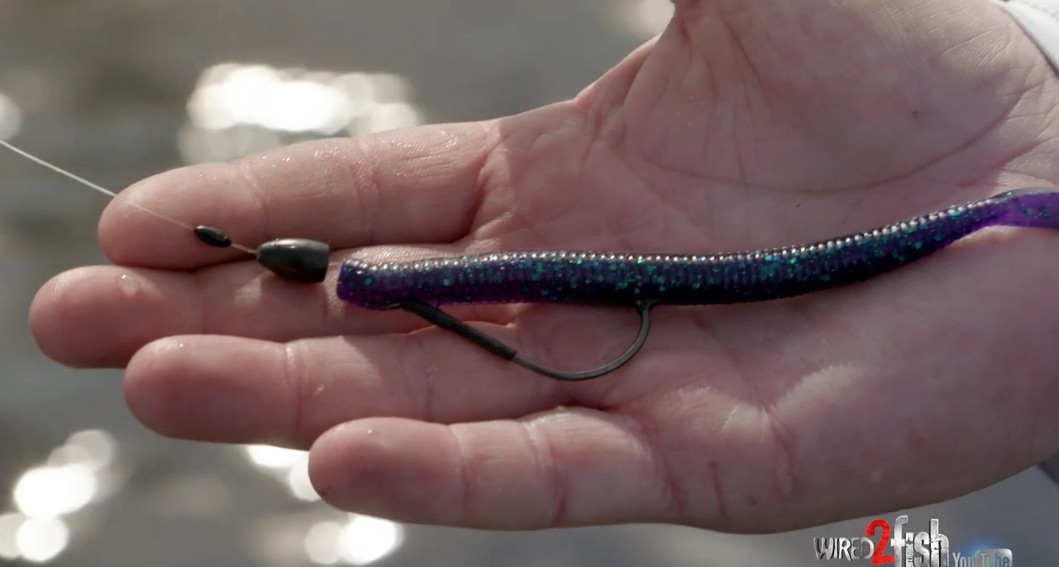
Credit: zoombait.com
Frequently Asked Questions On How To Hook A Worm For Bass
How Do You Rig A Bass Worm?
To rig a bass worm, thread the hook through the head, emerge at a quarter inch down, and embed the point back into the body to ensure a straight, weedless setup.
How Do You Hook A Live Worm For Bass?
To hook a live worm for bass, thread it onto the hook multiple times to conceal the hook and leave the worm’s ends dangling to maintain natural movement.
What Is The Correct Way To Hook Worm?
To correctly hook a worm, thread it onto the hook from the head down, covering the hook’s shank to keep it secure and enticing to fish.
How Do You Hook Up Nightcrawlers To Bass?
Thread nightcrawlers onto the hook through multiple sections of their body to ensure they stay secure. Aim for a natural presentation to entice bass, allowing the worm to move freely in the water.
Conclusion
Mastering the art of baiting a hook with worms can significantly increase your bass-catching chances. This guide has walked you through each step. Practice regularly and watch as your technique improves. Embrace the learning curve; soon, you’ll hook worms like a pro, enticing bass with ease.
Happy fishing and tight lines!
